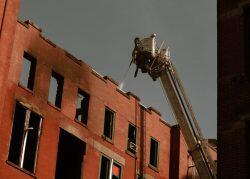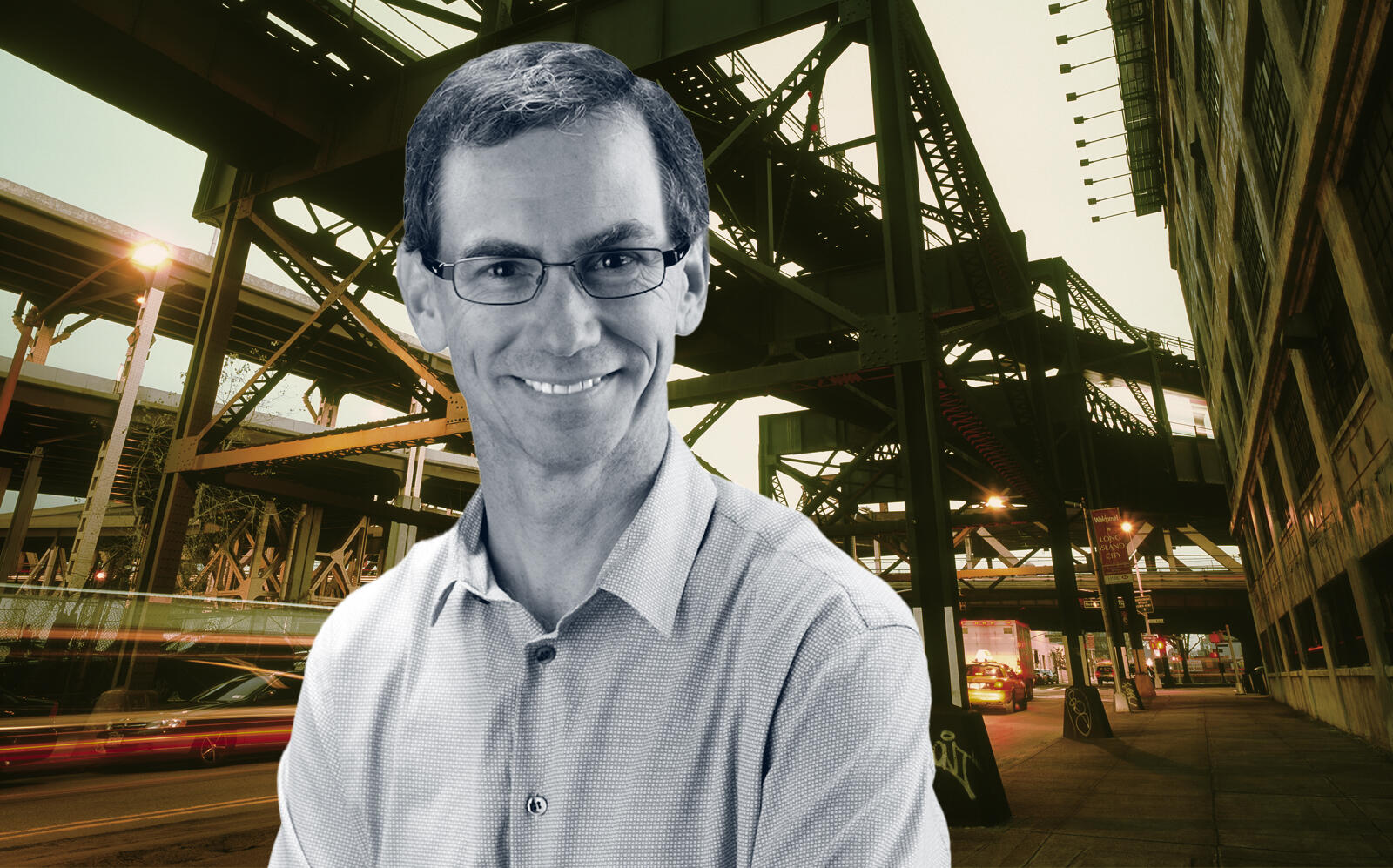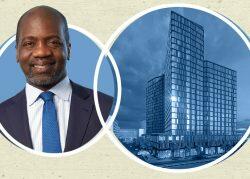 De Blasio commits $90M more to rebuild Chinatown community center
De Blasio commits $90M more to rebuild Chinatown community center
Trending
Grubb Properties tests affordable housing model in NYC
Out-of-towner employs cost efficiencies to help projects pencil out

Grubb Properties is making a $152 million bet on affordable housing in New York — and has nine months to dig foundations and qualify for 35 years and tens of millions of dollars in tax breaks.
The Charlotte, North Carolina, developer, in its first foray in the city, plunked down $89 million for a site in the Financial District and $63 million for one in Long Island City. It aims to build 700 units of what it terms “essential housing” for people earning between 60 percent and 140 percent of the area median income.
Yet stubbornly high land prices fueled by luxury developers will test whether Grubb’s brand of affordable housing, built on innovations from more suburban markets, can be adapted to New York City. Time is of the essence: The city’s most generous property tax abatement program, known as 421a, or Affordable Housing NY, expires in June.
If and when legislators renew the tax break, they are likely to add more affordability requirements for developers. In the meantime, “Construction costs only go up,” Grubb vice president Paul O’Shaughnessy said in an interview.
Grubb knows a few tricks. It attracts investment, for example, by buying office properties and putting apartment buildings on top of existing parking lots. It’s also efficient, offering just six floor plans for 6,000 of its residential units across nine states.
In addition, Grubb needs to price only 30 percent of its units in a narrower range of 70 percent to 130 percent of local median income to qualify for a 35-year property tax abatement.
“New York has a reputation as rough-and-tumble, but our partners have been very open-minded to what we want to accomplish,” O’Shaughnessy said. The affordable units will span 500 to 600 square feet, he said.
Read more
 De Blasio commits $90M more to rebuild Chinatown community center
De Blasio commits $90M more to rebuild Chinatown community center
 BRP Companies Gets $290M from Goldman Sachs for Queens Opportunity Zone project
BRP Companies Gets $290M from Goldman Sachs for Queens Opportunity Zone project
The $1.7 billion that the city forgoes each year to lure affordable housing development is its largest tax expenditure. The program has been used by about a third of the city’s new stock of such housing since 2014, according to figures kept by the de Blasio administration. The city has built or preserved almost two-thirds of the 300,000 affordable units Mayor Bill de Blasio promised by 2026, according to the administration.
For Handel Architects’ Frank Fusaro, the architect of record on both Grubb projects, affordability has meant “stepping on the size of things” in order to shrink transitory areas, such as hallways, and give common rooms including kitchens more space. The FiDi site has been a Handel Architect project for almost a decade, according to Fusaro.
“Creating efficient space is not a radical idea, but designing a building envelope that will allow for more density is still a challenge,” Fusaro said.
Grubb has become an evangelist of sorts for affordable housing since CEO Clay Grubb published a book on the topic last year. Pink Stone Capital’s Richard Ohebshalom, who sold the 11,255 square-foot parcel in FiDi to Grubb, said he found the book to be a mix of “compassion with economic reality.” Ohebshalom will remain a partner in the project.
Rashid Walker of BRP Companies helped assemble Grubb’s development team in New York, two people familiar with the deal said, though BRP isn’t involved the project itself. Axos Bank provided $42 million to finance the FiDi purchase, and Fortress Property Group and Carmel Partners together kicked in $18 million, according to Grubb.
Grubb’s LIC site, acquired with Opportunity Zone funding, was one of the area’s most expensive per square foot since the pandemic, said Dan Kaplan of CBRE, who with Elli Klapper brokered the sale.
UPDATE: This story has been updated to clarify in penultimate paragraph that BRP isn’t involved in the project itself.




